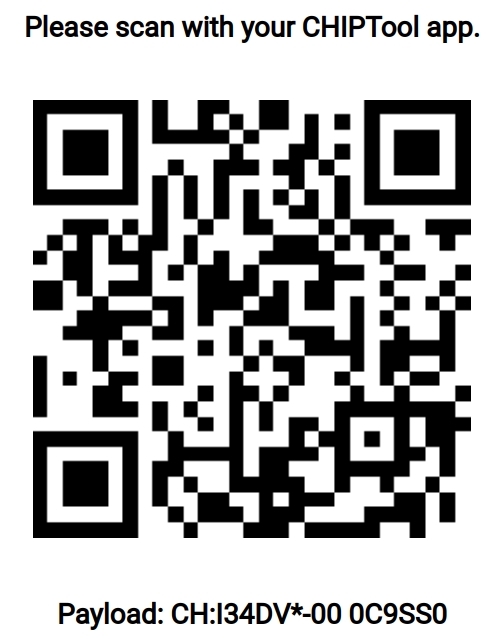
- Configuring minicom how to#
- Configuring minicom install#
- Configuring minicom serial#
- Configuring minicom code#
I've searched the internet for some help but I couldn't find any thing specific. Jeff uses 2 stop bits on his settings, which I tried without success. The group permissions for my user are set correctly (I checked). I'm using 2400 8N1 setting (2400 bps, 8 data bits, no parity, 1 stop bit) and no flow control. But it's not working - it keeps spitting garbage.

However, I would like to try Minicom for the task, specially because I can copy and paste some commands direct to the prompt (Jeff Tranter shows a connection between his KIM-1 and Minicom on Ubuntu linux, here is the link: ). Everything is working perfectly and I got 9600 bps speed going without issues. For the task I'm using PuTTY on Ubuntu linux.
Configuring minicom serial#
Now press O to configure minicom.Īt this point, cursor down to “Serial port setup”.Following some directions I've found here in this group and also elsewhere I managed to get serial communication working on my PAL (thank you for sharing!). First, we’ll set up the general configuration. To Configure Minicom, there are a few things we’ll have to do. To launch minicom, just type “minicom -D /dev/ttyUSB0”. Next, be sure to close any applications or ports that might lock your USB device. Select Serial port setup with the down-arrow on your keyboard and. Another way is to just plug in your KIM Uno, and launch the Arduino IDE. Start minicom with superuser permissions: sudo minicom -s. Different applications need different settings. Then I type “su dmesg” to find out what tty device my adapter is on. On mine, that is found at Control-A, Z, and then D for the newline delay or F for the character delay. What I usually do is type lsusb to find the name of my device. In my case, my USB device is /dev/ttyUSB0. You may need to reboot your computer for the group changes to take effect. To be sure you’ve added yourself to the group correctly, just type “groups” in your terminal window. I’ve also added myself to the tty group, and the uucp group, but dialout only should work OK. The main group to add yourself to is the dialout group. You should be able to run minicom as yourself. If you find that you must run minicom as super user to make it work, then you probably don’t have the groups set up correctly. Once you have minicom installed, we’ll need to configure the user groups.
Configuring minicom install#
If you run RedHat or CentOS, you can probably do the same thing with “dnf install minicom”. From the command prompt, I simply type “sudo apt-get install minicom”. I use Debian, so my options were to install it from the command prompt, or use the graphic installer. The installation of minicom depends on the distribution of Linux that you use. For me, minicom seems to work the best.įor this post, I’m going to do everything in the terminal window. I’ve tried several different terminal emulators. If you are unfortunate enough to be stuck with Windows, then you might think about Tera-Term or PUTTY instead. This conflicts with the ability to enter address mode on the KIM. The default escape character for minicom is Control-A. Additionally, we need to reconfigure the escape character.
Configuring minicom code#
We’ll also configure the character delay in case you post code into your KIM.


Configuring minicom how to#
In this post, we’ll walk through how to set up the baud rate, and other parameters. Assembly Registers and Compatibility Modes.The default serial port settings depend on your development board.



 0 kommentar(er)
0 kommentar(er)
